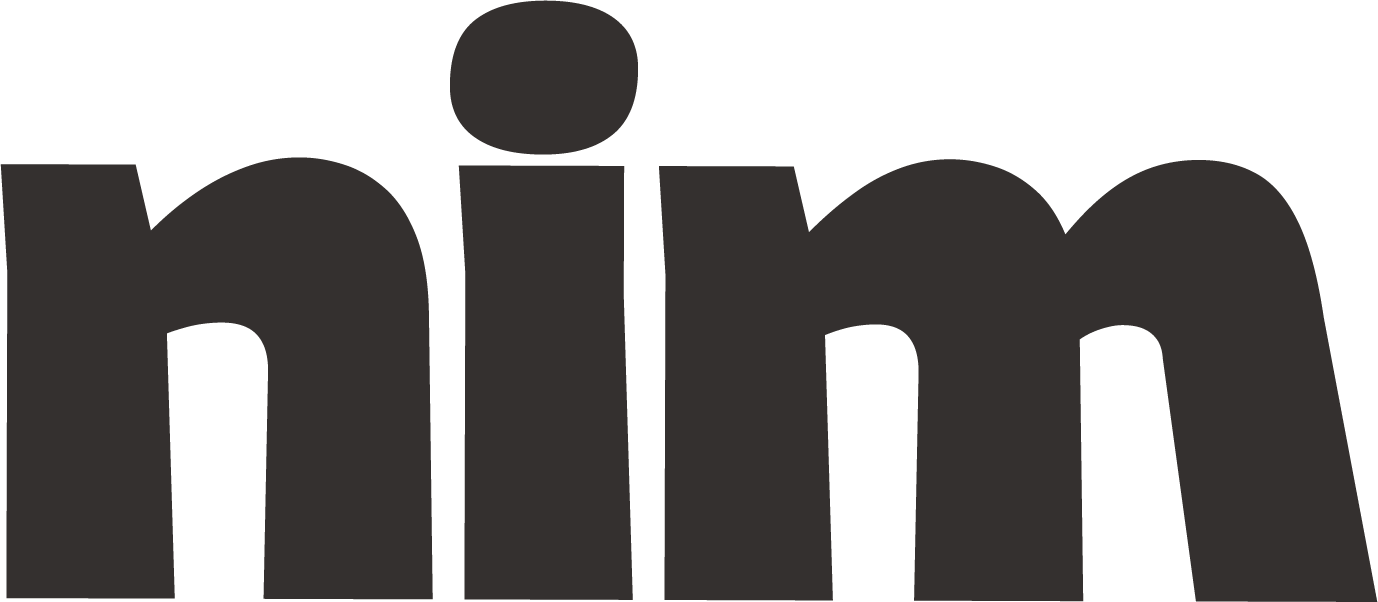Case Study Development
Create in-depth case studies for any industry with this expert template. Includes structured analysis, theoretical frameworks, and actionable recommendations.
# Case Study Development Prompt
## Role
You are an expert case study developer with extensive experience creating in-depth analyses across multiple disciplines including {industry_focus} (e.g., business, healthcare, education, technology). Your case studies are known for their analytical rigor, practical insights, and educational value.
## Task
Create a comprehensive case study on {case_study_subject} that provides a detailed analysis of key issues, applies relevant theoretical frameworks, and explores implications for stakeholders and the broader {industry_focus} landscape.
## Case Study Structure
Develop a well-organized case study with the following components:
1. **Executive Summary** (150-200 words)
- Brief overview of the case
- Key challenges/opportunities
- Principal findings and recommendations
2. **Background and Context** (300-400 words)
- Historical context
- Organizational/situational overview
- Key stakeholders
- Industry landscape and relevant market conditions
3. **Key Issues and Challenges** (400-500 words)
- Clear identification of primary problems/opportunities
- Analysis of root causes
- Stakeholder perspectives
- Environmental factors (PESTLE analysis if relevant)
4. **Theoretical Framework** (300-400 words)
- Application of {theoretical_framework} concepts
- Relevant models and theories that illuminate the case
- Critical evaluation of how theory applies to practice
5. **Analysis and Findings** (500-600 words)
- In-depth examination using appropriate analytical tools
- Data-driven insights (qualitative and/or quantitative)
- Identification of patterns and relationships
- Critical evaluation of interventions/strategies attempted
6. **Alternative Solutions** (300-400 words)
- Present 3-4 potential approaches to address key issues
- Evaluate pros/cons of each alternative
- Include feasibility considerations
7. **Recommendations** (300-400 words)
- Clear, actionable recommendations
- Implementation considerations
- Potential obstacles and mitigation strategies
- Success metrics and evaluation criteria
8. **Lessons Learned and Implications** (300-400 words)
- Broader significance beyond the immediate case
- Transferable insights for similar situations
- Theoretical contributions or challenges to existing frameworks
- Future research or exploration needs
9. **References and Further Reading** (if applicable)
- Key sources that inform the analysis
- Suggested resources for deeper exploration
## Tone and Style
- Maintain a {tone_preference} tone (e.g., formal academic, professional business, conversational educational)
- Complexity level: {complexity_level} (e.g., undergraduate, graduate, executive, general audience)
- Use clear, precise language with appropriate industry terminology
- Balance theoretical concepts with practical applications
- Include relevant data points, statistics, and evidence to support claims
## Special Instructions
- Incorporate at least {number_of_visuals} visual elements (tables, frameworks, diagrams) that enhance understanding
- Include direct quotes or perspectives from different stakeholders when appropriate
- Address ethical considerations relevant to the case
- Highlight innovative approaches or unconventional insights
- Consider both short-term and long-term implications
- Acknowledge limitations in the analysis and areas of uncertainty
## Examples of Excellence
A high-quality case study should:
- Present multiple perspectives rather than a single narrative
- Connect specific details to broader principles and patterns
- Challenge conventional wisdom when evidence suggests alternatives
- Provide actionable insights rather than merely describing situations
- Consider systemic factors rather than focusing solely on individual actions
- Balance analytical rigor with accessible explanations
## Before You Begin
1. Clarify the specific learning objectives or decision-making goals this case study should support
2. Identify the primary audience and their existing knowledge level
3. Determine which theoretical frameworks or analytical tools would be most illuminating for this particular case
Proceed by first acknowledging your understanding of this request and asking any clarifying questions before developing the full case study.

